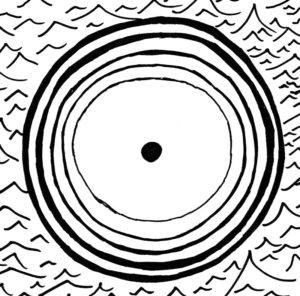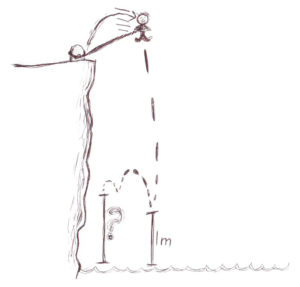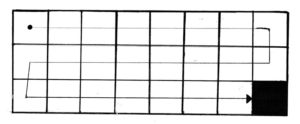In this challenge, you will need to use geometry, calculus, algebra, and angle theorems.
A roulette is a shape created by rolling things. If you roll circles, you have a trochoid. If you draw the path of a point on the circumference, you have a cycloid. And if you roll that circle inside another circle, you have a hypocycloid. Simple enough. Say you have a circle with radius 25 centimetres and a circle with radius 1 metre. When you rotate the smaller circle inside the bigger one, the path traveled by a point on the circumference is a hypocycloid. It will touch the bigger circle 4 times every rotation. At these points, the instantaneous velocity of the point is zero. The challenge is to find the instantaneous acceleration if the small circle completes 1 revolution inside the bigger one each second. This is different from rolling completely over the inside, which it will do every 4.



